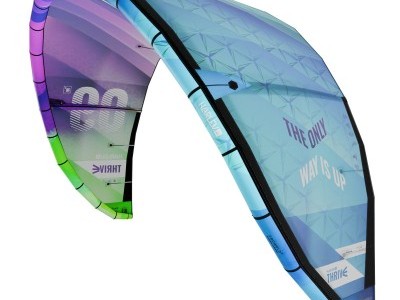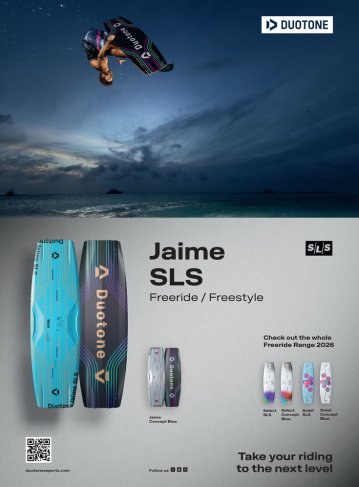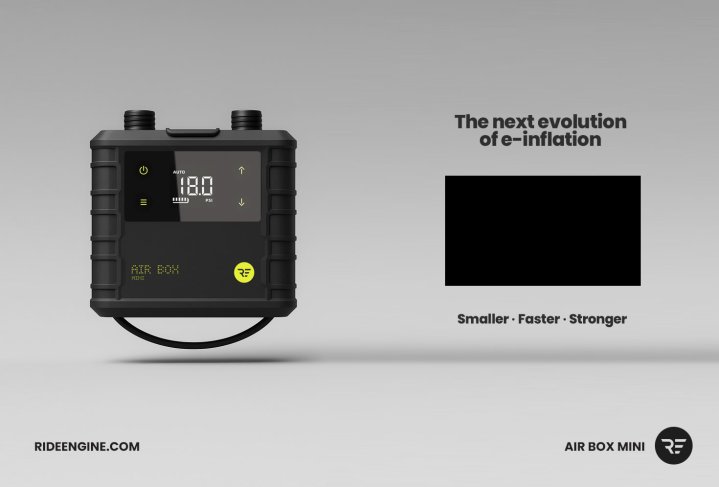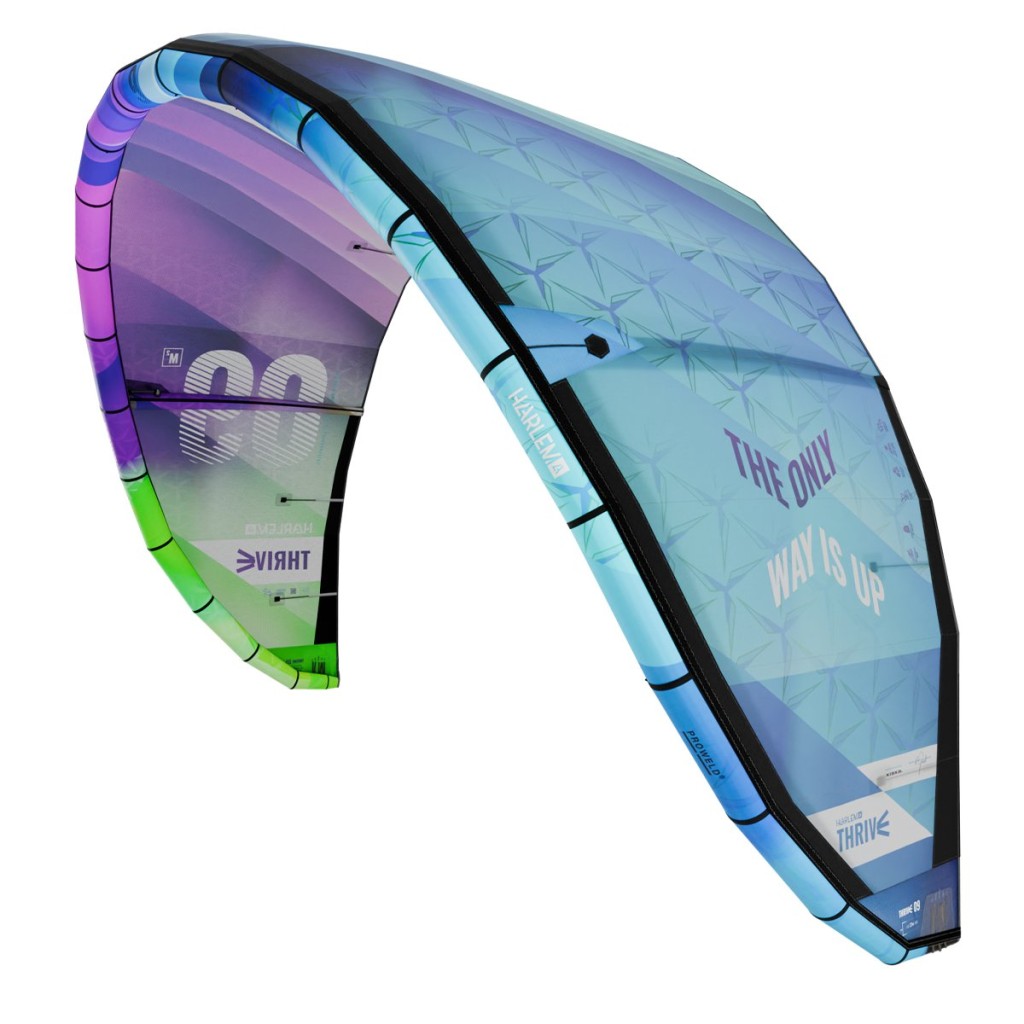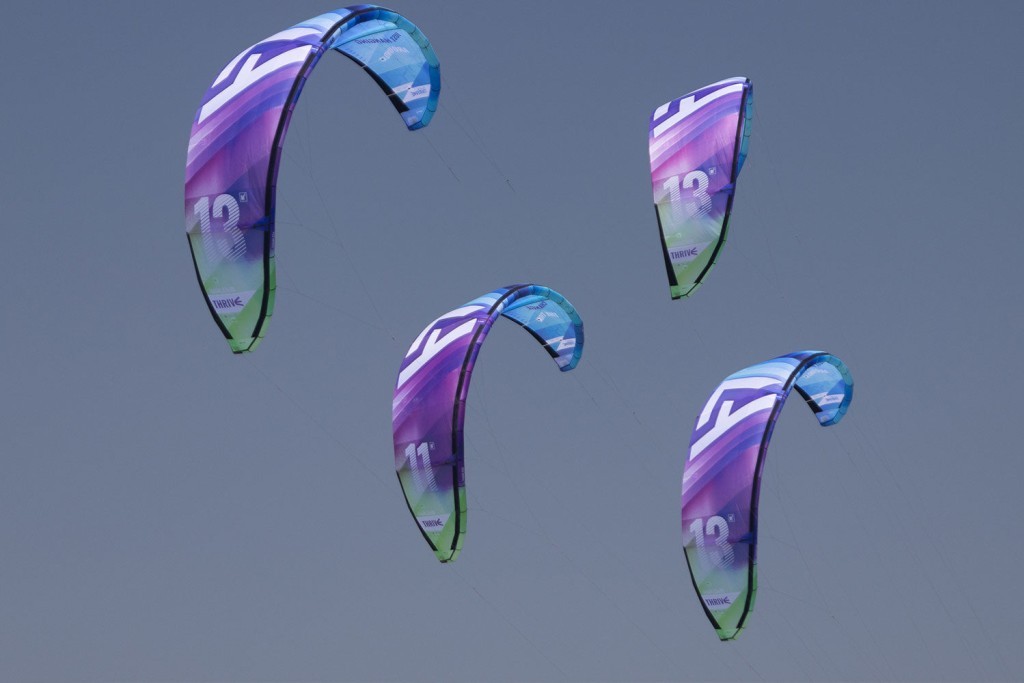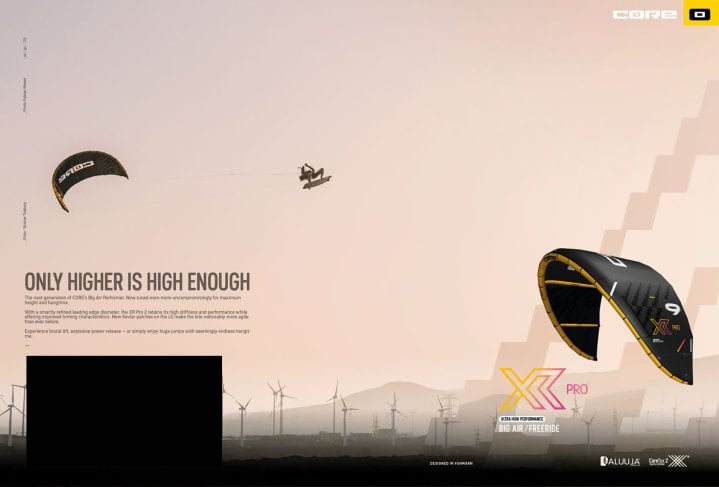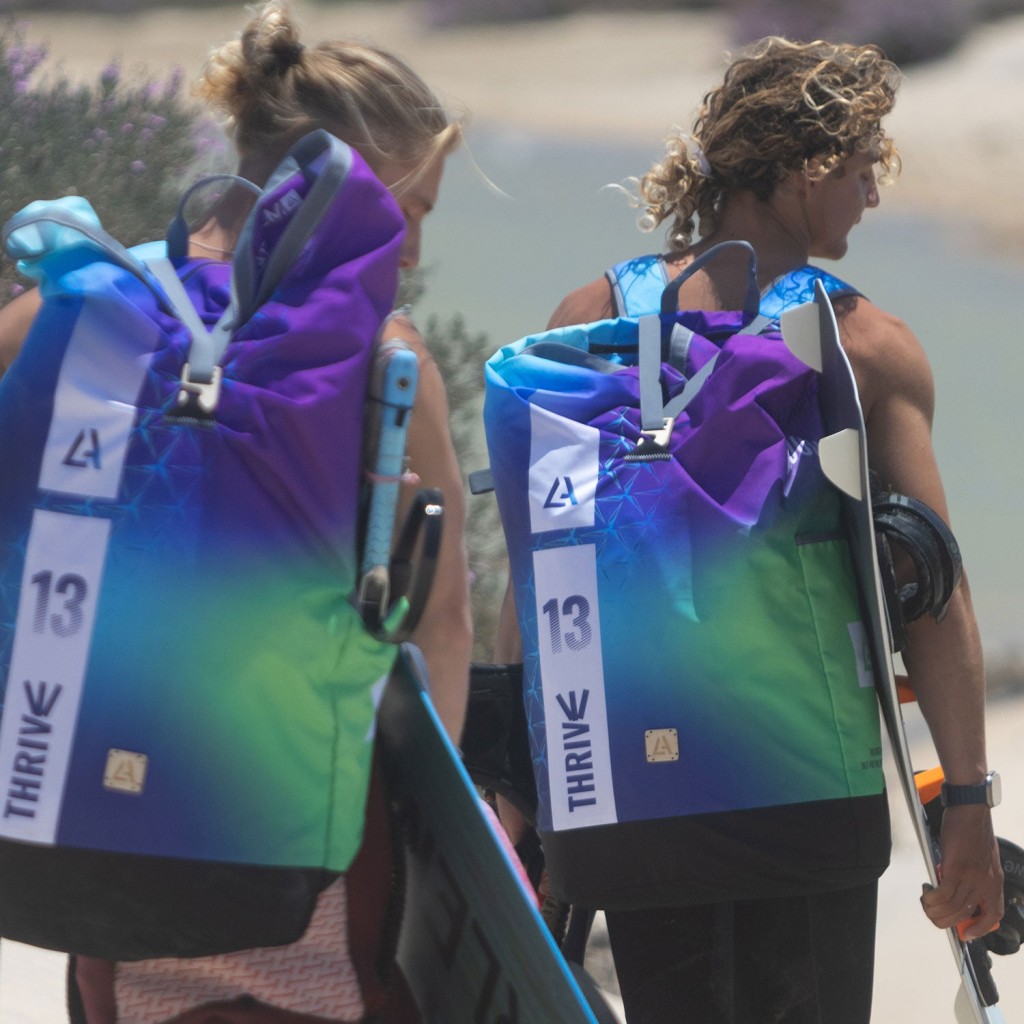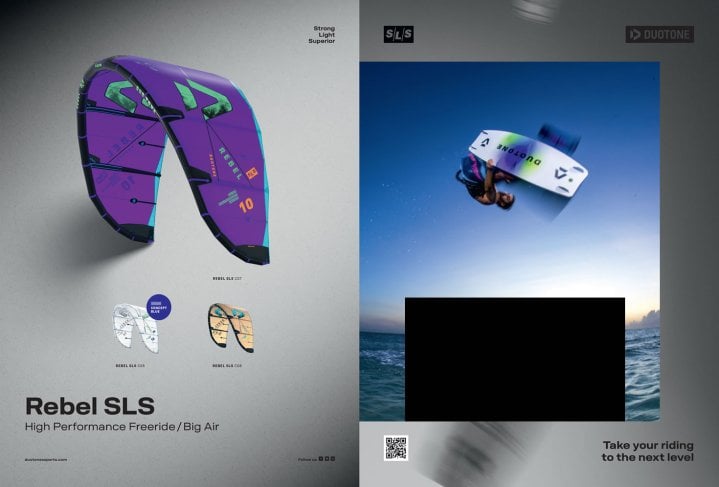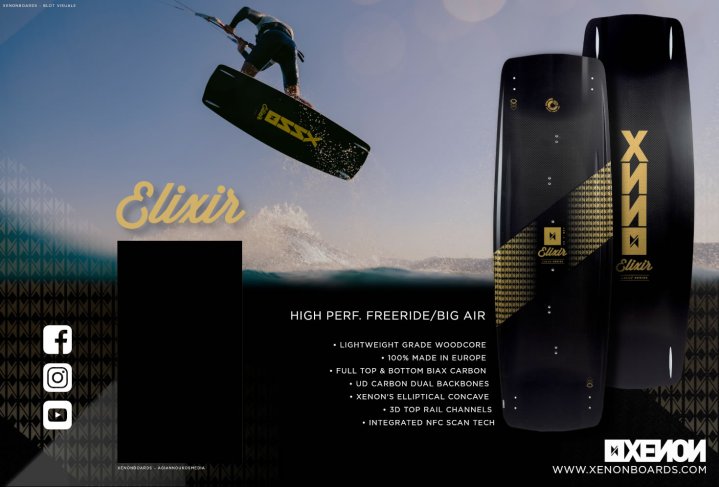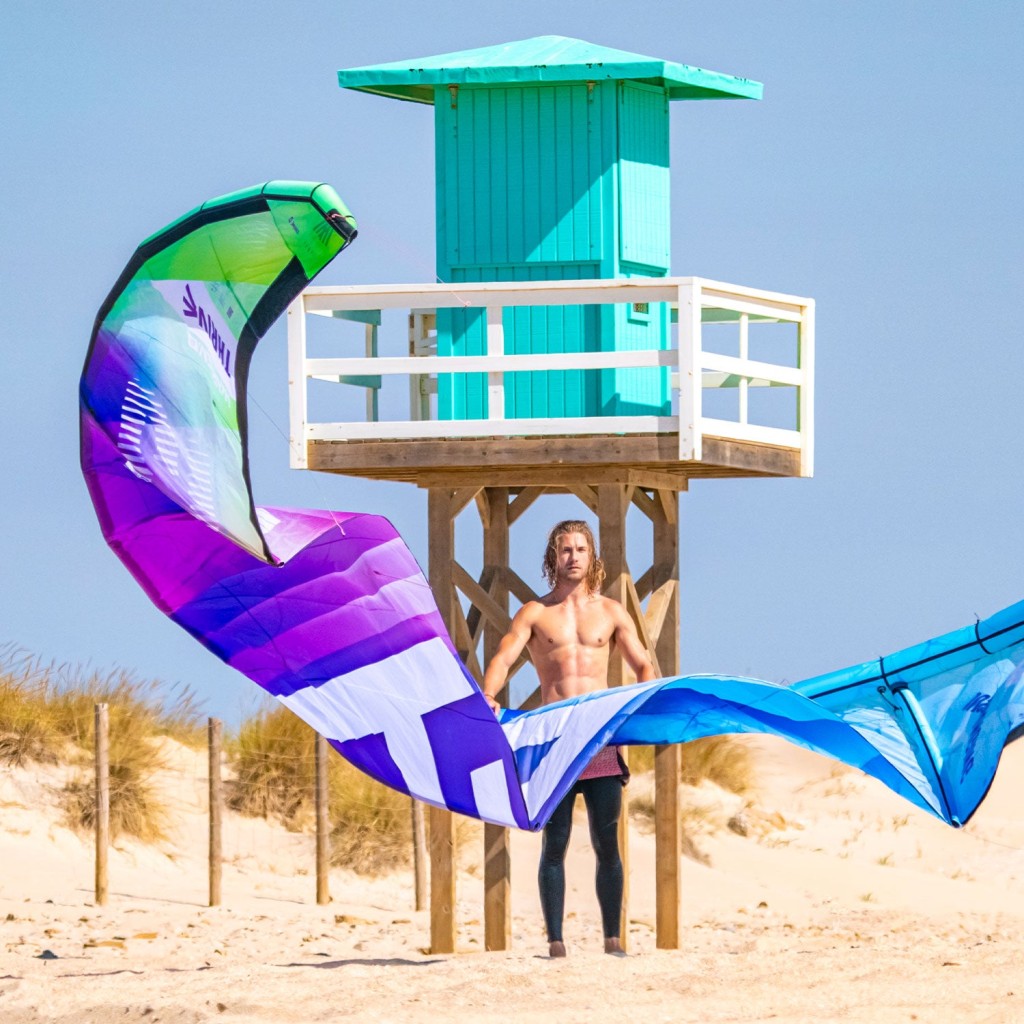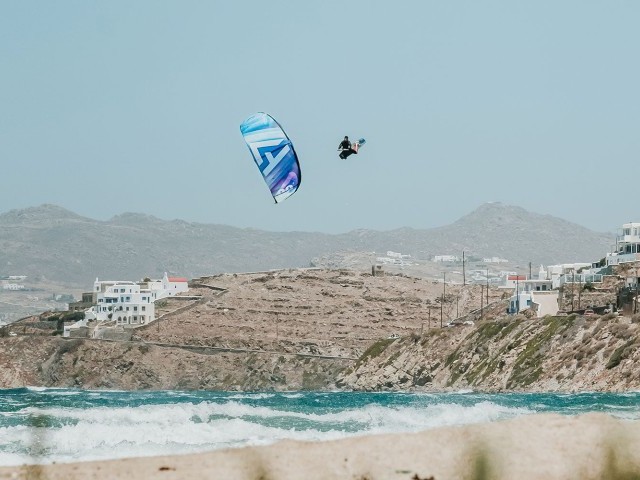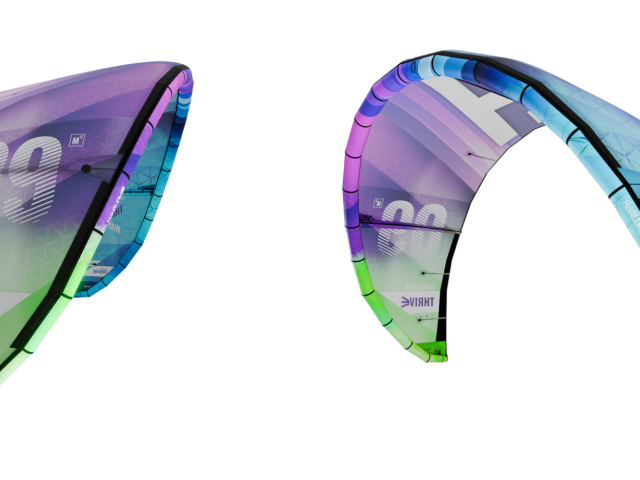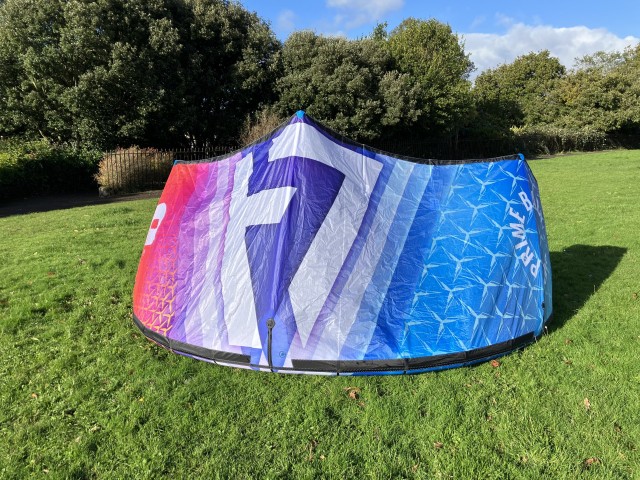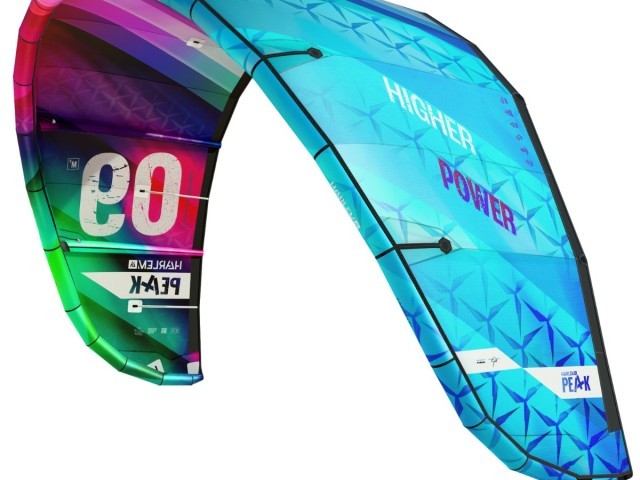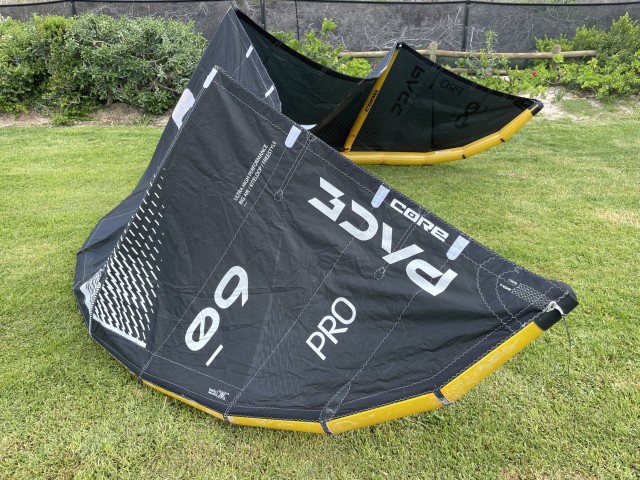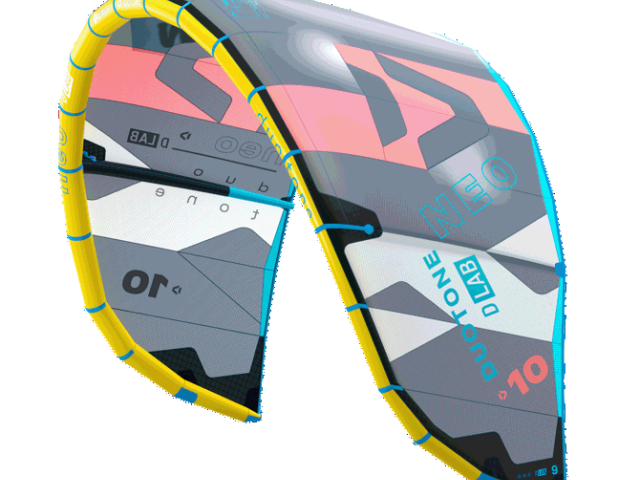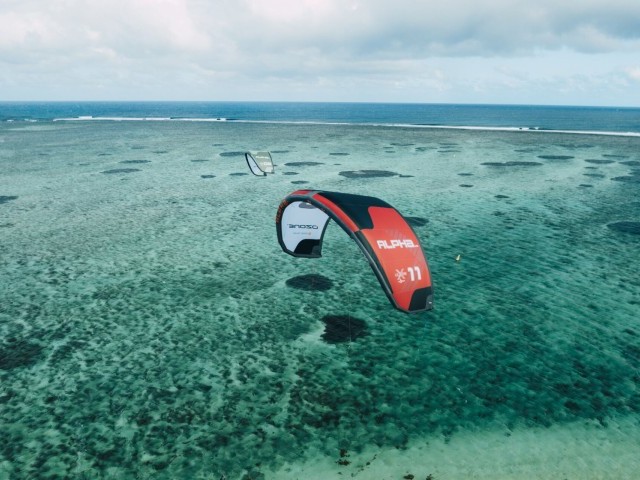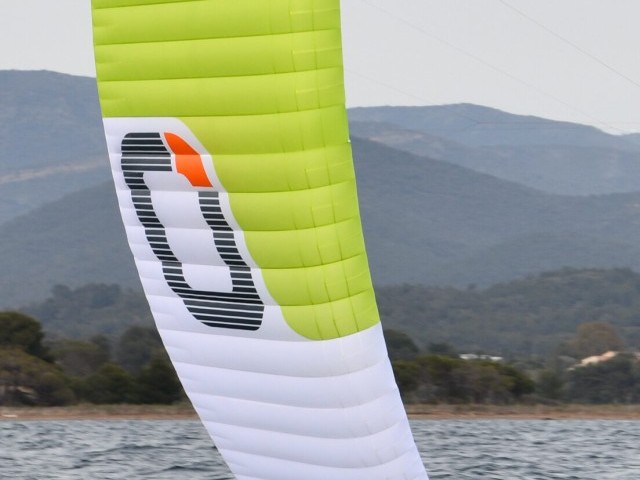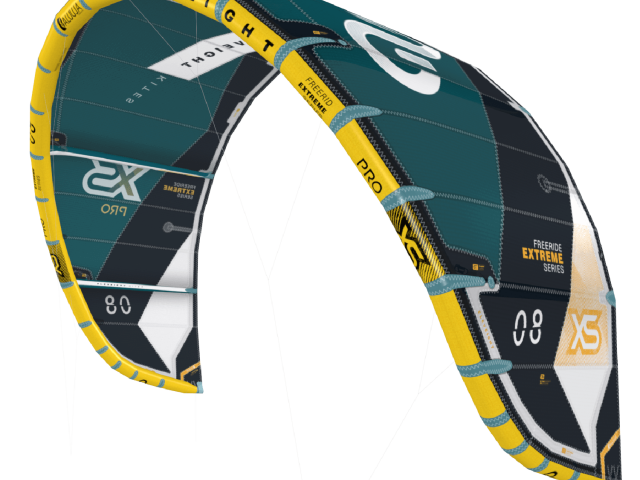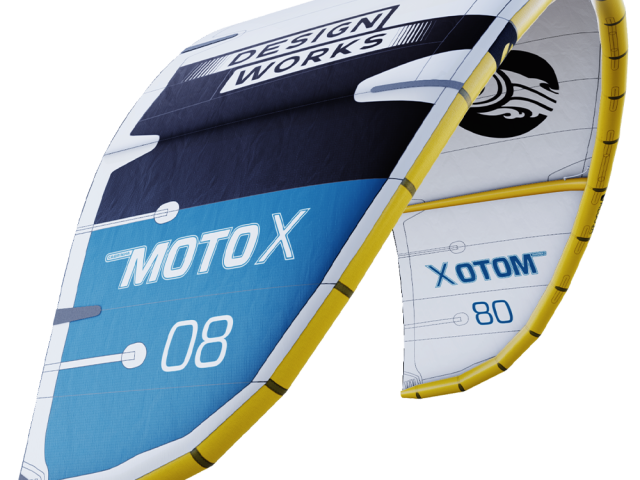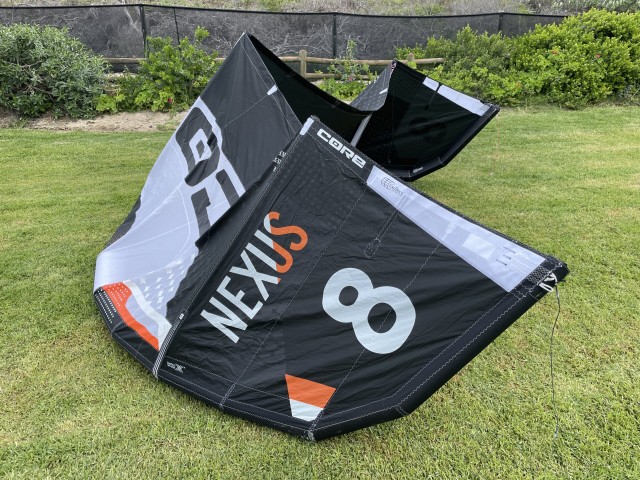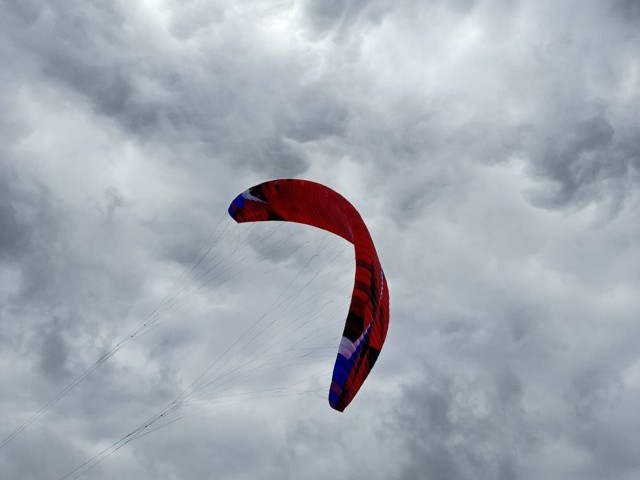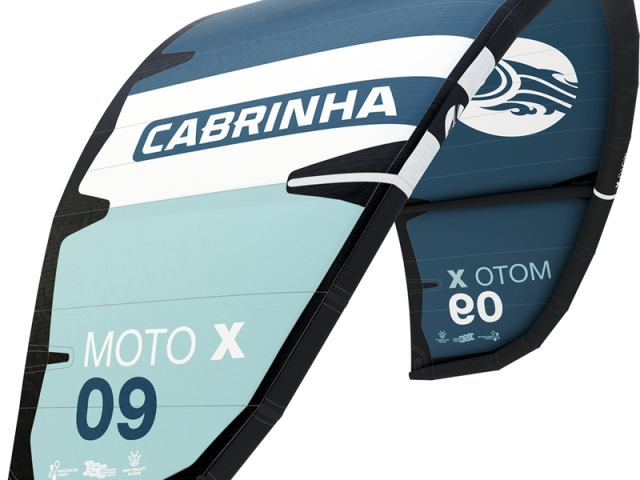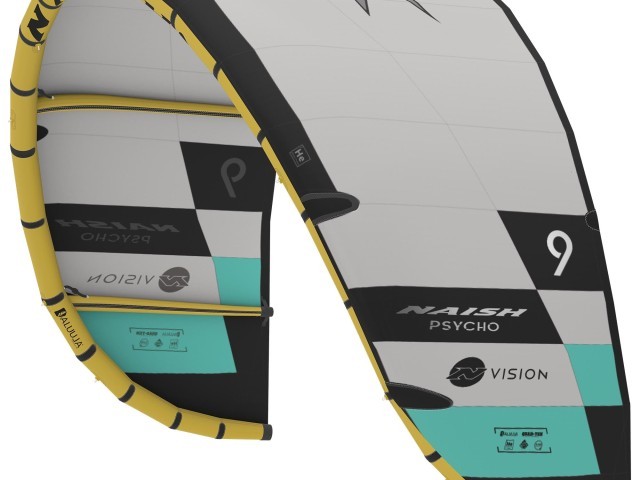At A Glance
The Thrive is the latest kite addition to be released within Harlem’s new ‘game changer lineup’, another product manufactured in the heart of Europe at the Brainchild factory. As you’re a reader of this magazine, I’ll assume that the Brainchild production facility in North Macedonia is now firmly on your radar. If not, have a look through the back issues and listen to our editor’s podcast ‘Intriguing Beings’ with its founder Ralf Groesel. Not only is Ralf in charge of his own production facility, but he also acts as product designer for a selection of products for a select few brands, Harlem being the first.
The Harlem Thrive is offered as “the kite made for 90% of the riders out there” as a lightweight high-performance all-rounder. Given that I transitioned from having multiple quivers of kites for each discipline to a single quiver of 3-strut all-rounders almost a decade ago (and still likes to dabble in multiple disciplines), you know they’ve delivered on their promises if it can pull me away from my current favourite.
You'll recognise in the Thrive many of the Brainchild exclusive features previously seen on the Force, but now in a 3-strut platform. The proweld leading-edge construction technique results in a very smooth leading-edge curve and a naturally lightweight airframe. The 9m on demo weighs in at only 2.3kg! Whilst the many leading-edge segments are welded together along the length to create the leading-edge curve, a single closing seam remains. Typically, closing seams follow a fairly straight line along the leading edge, but the Thrive features a curved closing seam.
Whilst the product blurb simply states that this adds stability and control, I’m told that this design and manufacturing feature contributes significantly to the snappy steering feel, which I’ll come onto later. Spoiler alert: The Thrive is very reactive and very fast in the turns.
Only last month, I was presented with the opportunity to speak with Ralf directly, and what was clear was the sincerity of Brainchild’s environmentally positive philosophies. For example, even though the end-of-life supply chain for kites varies worldwide (most lay dormant in a shed after a decade of use, don’t they?!), Brainchild is already taking every stage of the product lifecycle seriously and is already considering how these kites can be best recycled at the end of their life, just as industry-leading designers do with our everyday consumer items (phones/white goods etc). For example, this is the reason that the Harlem Thrive and Force still feature both an inflate and a deflate valve next to each other, as they can segregate plastic polymer types and certify the recyclability of the separate valves, which they could not currently achieve with a single inflate/deflate valve. One of the many small details that most of us wouldn’t even think of!
Whilst the Thrive is a 3-strut all-rounder intended to provide all the necessary accessibility to accommodate all rider levels, the construction features indicate that it will still deliver the high performance promised. It has multiple rear pigtail attachment points for steering rate customisation, all with confidence-inspiring stitching reinforcement detail that could clearly handle overpowered riding. It has multiple carbon fibre trailing edge reinforcement battens from wingtip to wingtip, a 7-point front line bridle for load distribution and stability, and a proprietary twin-cross fly lite canopy that is super lightweight and manufactured in Europe.
Sizes: 5m, 6m, 7m, 8m, 9m, 10m, 11m, 12m, 13m, 15m, 17m
In The Air
The Thrive left a really interesting first impression on me. There was an air of familiarity with the bar feel and a feeling of comfort, as well as being at home on the kite despite it being so radically different in performance from anything I’d used before. It feels completely ' normal ' and comfortable when it's stationary in the wind window in a neutral zone position. There is no unnerving surging and drifting forwards and backwards, no unpredictable drifting of the steering one way or the other, and the bar feedback feels informed but smooth. Small steering inputs give rapid and expected responses; everything is easy and peasy. The steering feels more intuitive than ever because steering responses are almost ‘live’. There is little accounting for the slight lag between line tension and the kite turning needed, and this makes the kite very easy to adapt to even though it is the outlier in terms of its speed of response compared to ‘normal’.
When mowing the lawn and flying the kite ‘typically’ with small to moderate steering inputs, it feels like a very nice and predictable kite. I have no doubt I could teach a progressive beginner lesson on this kite. I think the lack of weight has a lot to do with this, as it has less inertia from forward speed to drive itself outside of the wind window, less mass to hold in the air in light winds or lulls and less mass to hold in the air when drifting or without line tension during aggressive gybes for example.
However, as soon as you get more spirited at the bar, you start to see what the Thrive can do. It is really, really fast in the turn and fast through the sky. It isn’t uncontrollable; it just does exactly what you tell it to do. In fact, it's one of the most controllable fast kites I’ve ever used. I think this is because the turning arc is so progressive as you increase the steering line tension. As you steer harder and harder, it continues to drive forward but tightens its turning radius and will continue to do so to a pretty extreme level. In my opinion, this is a rarer trait than you might think as most kites; as you ask a little more steering of them than their geometry and bridle will allow, they’ll transition from an arcing style turn to a pivotal one or worse, from a pivotal one to a stalling turn.
These fast, consistent turning characteristics made the Thrive extremely enjoyable to fly in general. Chucking it into fast-carving gybes on a twintip was a pleasure; keeping it in the right spot in the sky riding strapless was easy, and when jumping, you could optimise your soft landings with ease. And on top of all that, this is one of the very few kites. As an ageing freestyle/big air enthusiast, I wanted to go at double loops in a smaller size.
The lift is very impressive on the Thrive. It takes a little more timing and piloting than the Harlem Force when that is powered up, but the Thrive has a much nicer response when you’re in the air in my opinion. You can feel where it is and what it's doing so well, and its steering response remains super fast and immediate even when you and the kite are in the air. The same goes for the softer landings; they take more piloting than the Force to get a super silky soft second lift, but it's also easier to perform that piloting as you’re getting better feedback and quick responses to input.
Summary
For me, the Thrive ticked the all-rounder box and, crucially, remained enjoyable to fly as it delivered the performance. There is no doubt that kite design has delivered serious performance improvements in the past few years, especially in the lift department, allowing riders to send jumps higher than ever before. I’ve often thought, however, that this can come at the cost of less enjoyable handling and a slightly less enjoyable ‘flying experience’. As someone who grew up kitesurfing and loving kite flying on land as much as the experience on the water, I feel that the feeling of a kite means a lot to me, and the Thrive delivers that feeling with bags of performance to go with it. I would imagine for this reason that Harlem is right; a kite like the Thrive is probably the kite that 90% of riders should have, allowing them to switch disciplines as and when they choose and enjoy their time on the water irrespectively.
This review was in Issue 107 of IKSURFMAG.
For more information visit Harlem KitesurfingRelated
By Liam Proctor


